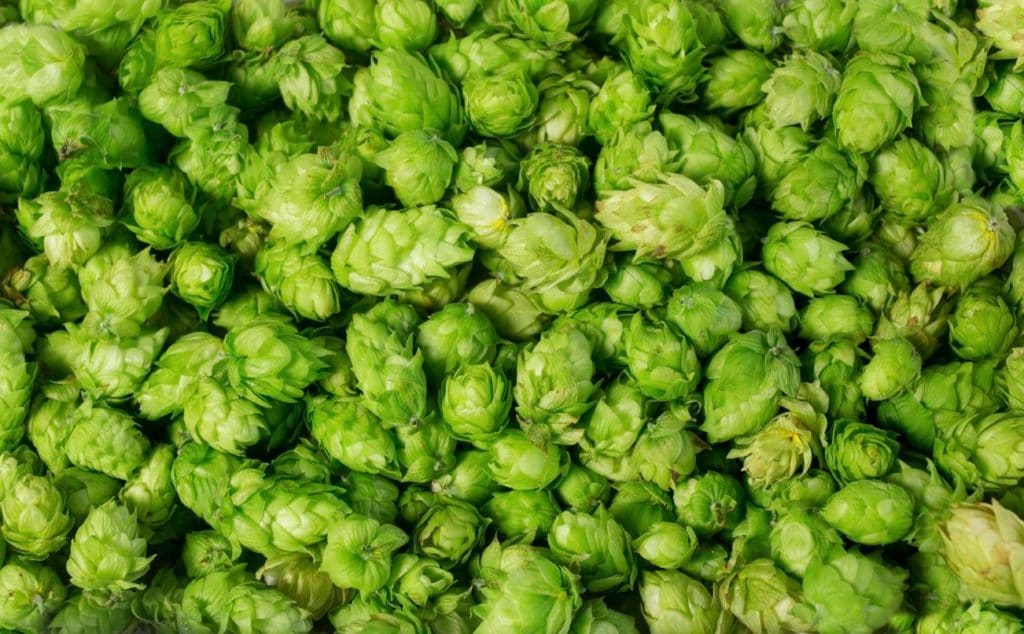
Fresh hop season is upon us, and craft beer enthusiasts, like myself, couldn’t be more excited! This annual event in the beer world celebrates the vibrant flavors and aromas of hops harvested at their peak freshness. But where did this tradition originate, and what makes fresh hop beers so special!? Let’s dive into the history and the delicious brews that define this season.
The Roots of Fresh Hop Season
The concept of fresh hop beers can be traced back to the Pacific Northwest of the United States, particularly Oregon and Washington. These regions are renowned for their hop farming, thanks to the ideal climate and fertile soil that produce some of the world’s finest hop varieties. In the late 20th century, breweries in this area realized that the key to capturing the true essence of hops lay in using them as soon as possible after harvest. The result was the birth of fresh hop beers, also known as “wet hop,” beers. This brewing style, which emphasizes the unique characteristics of freshly harvested hops, has since spread to craft breweries across the world.
The Magic of Fresh Hops
What sets fresh hop beers apart from their traditional counterparts is the timing of the hop addition. In most beer production, hops are dried and pelletized or turned into hop extracts for year-round use. Fresh hop beers, however, skip this drying process entirely. Instead, brewers rush to use hops within hours of harvest, preserving their delicate oils, flavors, and aromas. The result? A beer bursting with the pure, unadulterated essence of the hop variety used. This can create an array of flavors, from citrusy and piney to floral and earthy, depending on the hop strain. Fresh hop beers are often celebrated for their vibrant and complex hop profiles that can’t be replicated with dried hops.
Fresh Hop Season Celebrations
What sets fresh hop beers apart from their traditional counterparts is the timing of the hop addition. In most beer production, hops are dried and pelletized or turned into hop extracts for year-round use. Fresh hop beers, however, skip this drying process entirely. Instead, brewers rush to use hops within hours of harvest, preserving their delicate oils, flavors, and aromas. The result? A beer bursting with the pure, unadulterated essence of the hop variety used. This can create an array of flavors, from citrusy and piney to floral and earthy, depending on the hop strain. Fresh hop beers are often celebrated for their vibrant and complex hop profiles that can’t be replicated with dried hops.
Brewing Fresh Hop Beers at Home
For adventurous homebrewers, fresh hop season is an exciting time to experiment with their own creations. If you’re interested in trying your hand at brewing a fresh hop beer, consider contacting local hop farms for access to freshly harvested hops.
To Conclude
Remember that working with fresh hops can be a bit tricky due to their moisture content. You’ll need to adjust your brewing process accordingly and act swiftly to capture that fleeting hop goodness. Fresh hop season is a time when the beer world comes alive with the vivid flavors and aromas of just-harvested hops. Originating in the Pacific Northwest, this tradition has grown into a global celebration of craft beer and the agricultural artistry of hop cultivation. Whether you’re a seasoned beer enthusiast or new to the world of craft brews, be sure to raise a glass to fresh hop season this year and savor the unique flavors it brings to your beer. Cheers!
